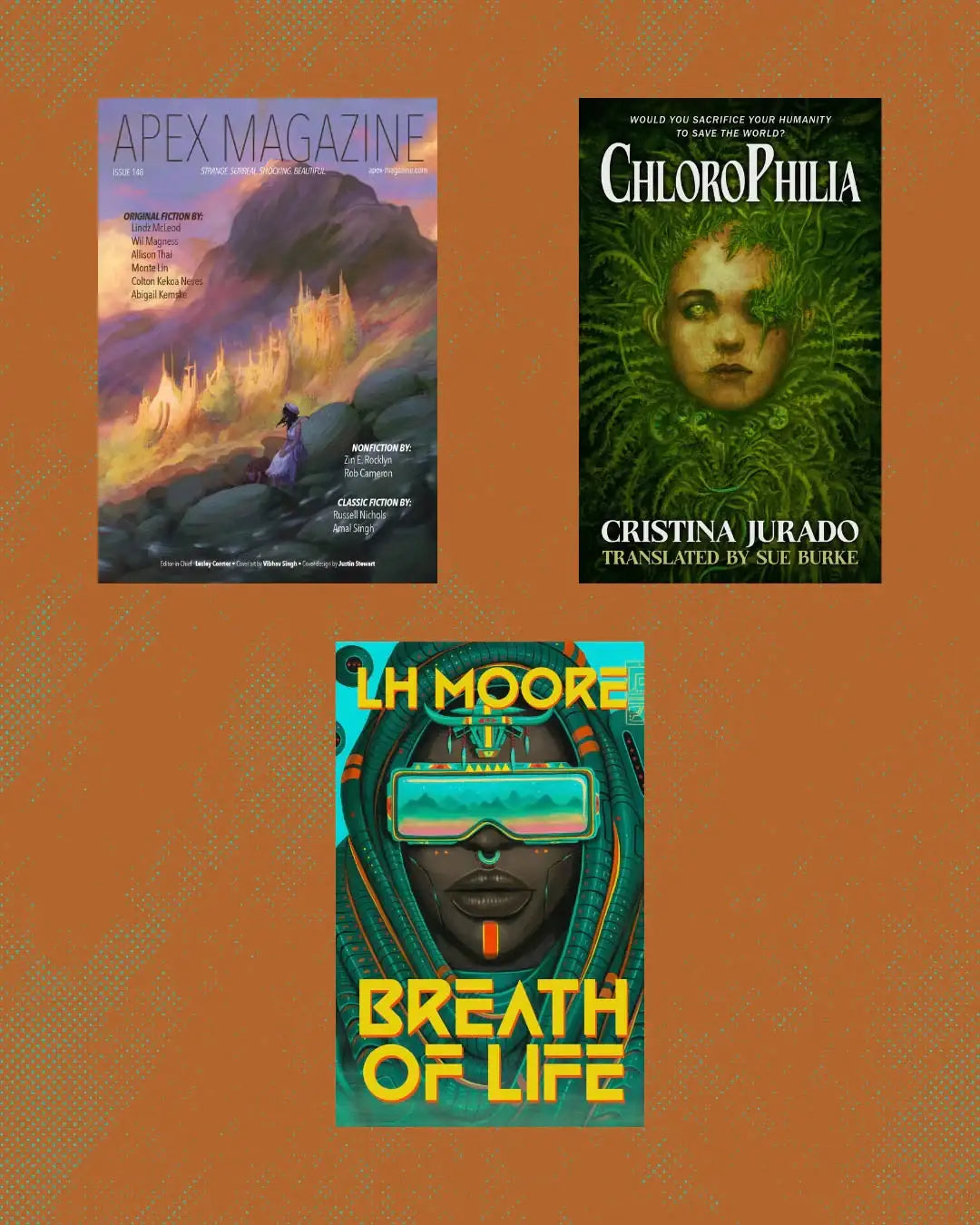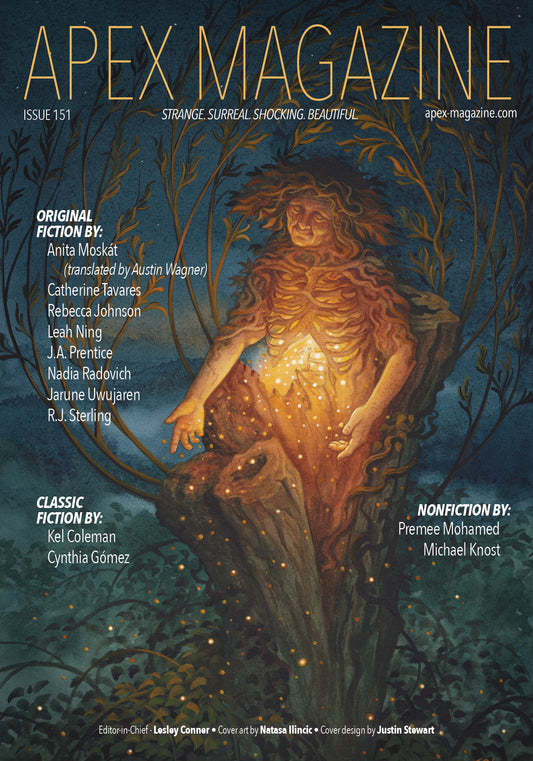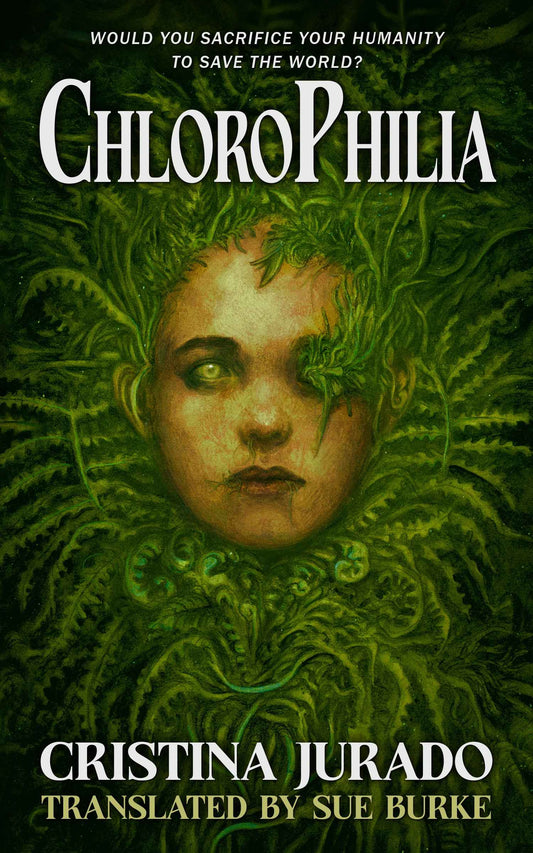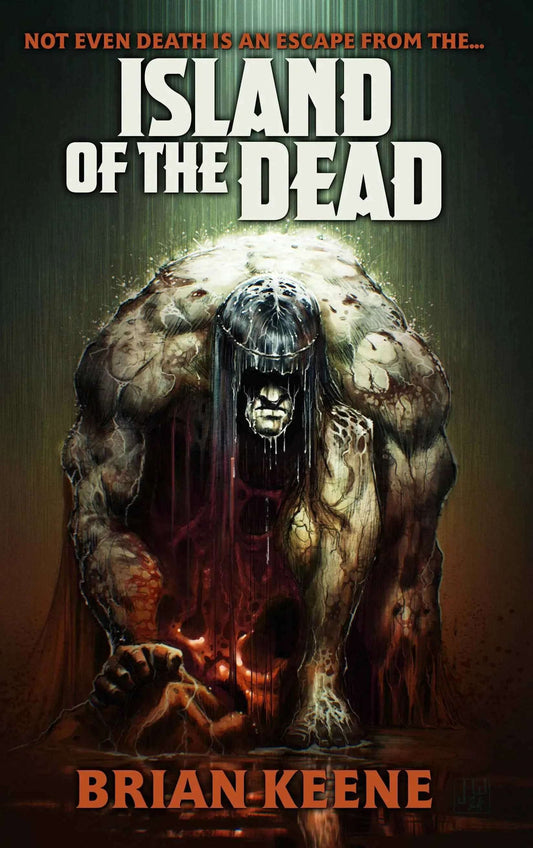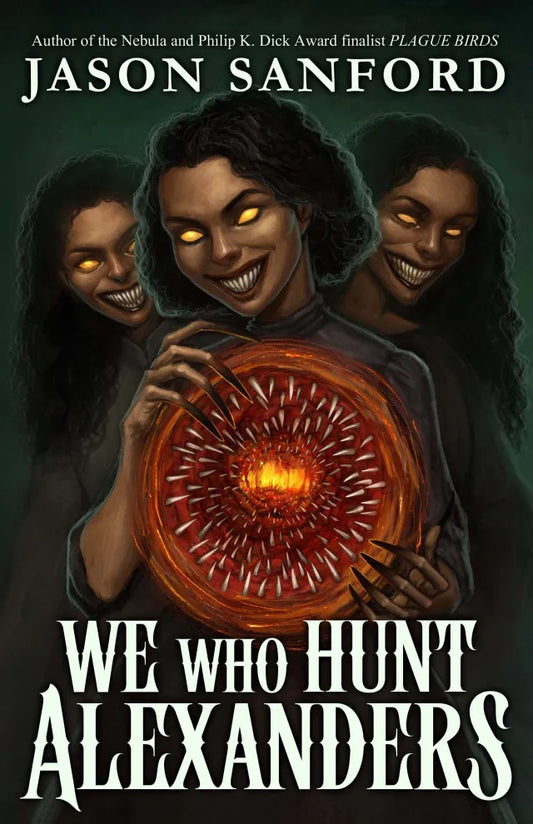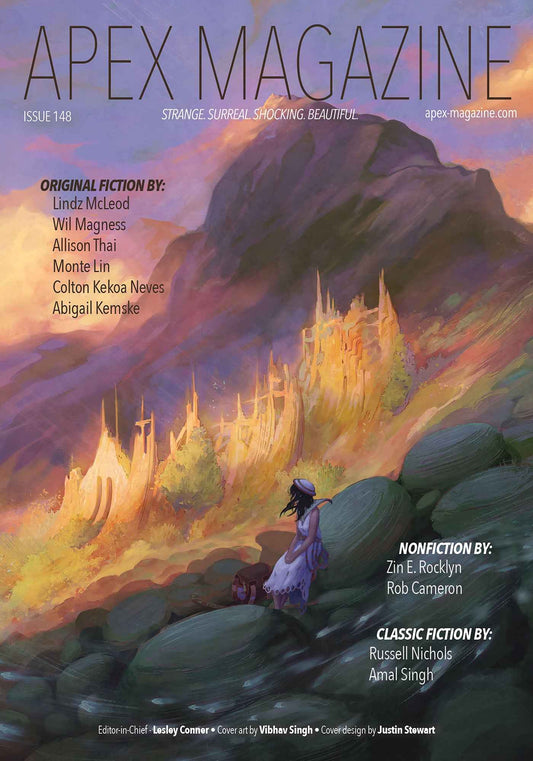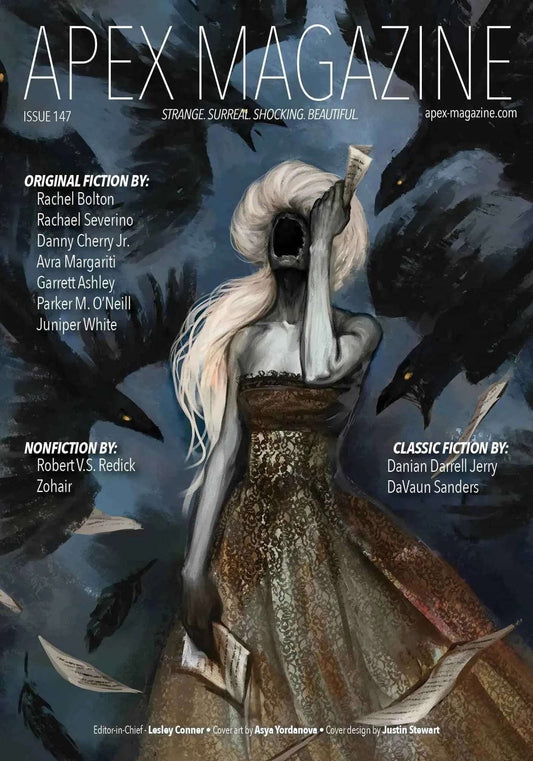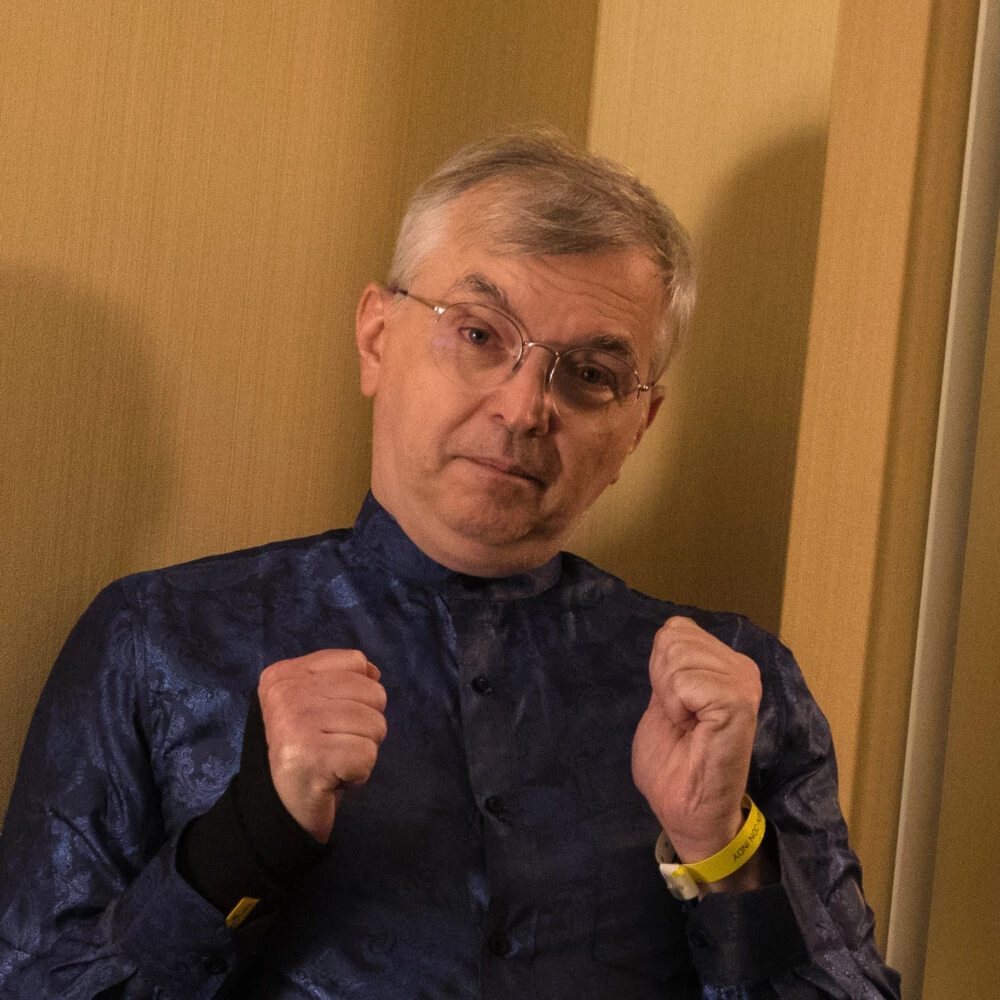
Once upon a time, in the ancient age of 2014, I wrote a piece at SF Signal entitled “Silk Road Fantasy and Breaking the Great Wall of Europe”. In that piece, I clamored for more fantasy that drew on traditions, characters, archetypes, and ideas that were not focused on Western European models. I wanted fantasy more in the tradition of Harold Lamb, and N. K. Jemisin, and Saladin Ahmed, drawing on roots far beyond the bog-standard epic fantasy that rose to prominence in the ‘80s and ‘90s and continued on to the present day. Today, 2022, I look beyond the Great Wall of Europe to realms far removed from traditional Western European fantasy.
It is a journey to realms, places, and cultures I could barely imagine nearly a decade ago, one where I’ve met memorable characters and immersed myself in delightful, enthralling stories from writers and cultures around the world.
Of serious importance—and something that wasn’t in my mental landscape back in 2014—is something that is key now, in fantasy, genre, and—more broadly—the world outside our fictional pages: the idea of Own Voices. Even many of the works I’d cited previously as examples of fiction beyond the Great Wall of Europe were themselves White and Western. The value and need for BIPOC writers to write these fantasy novels and stories cannot be stressed enough. Even expanding protagonists to those who are not cis men is extremely important and central to many of the narratives.
Ken Liu has written in a subgenre he calls “Silkpunk”. In The Dandelion Dynasty series (The Grace of Kings, The Wall of Storms, The Veiled Throne, Speaking Bones) the island realms of Dara meld both Chinese and Polynesian influences, but with airships! In addition, Liu’s wide-ranging story of war and rebellion draws on an equally wide variety of world sources, like the Aeneid from Western tradition, but also definite notes and ideas from the classic Chinese historical fiction novel Romance of the Three Kingdoms, for an absolutely marvelous worldbuilding blend.
R. F. Kuang’s The Poppy War series is set in a world much like turn of the 20th century China. The Nikara Empire is the analog for China, and the Federation of Mugen is the analog for Japan, and the story itself draws upon the first and second Sino-Japanese Wars. It melds Eastern histories and sensibilities with a well-developed and fascinating supernatural theme, plus extensive worldbuilding.
Evan Winter’s The Rage of Dragons series has been described as “Game of Thrones in Africa.” I found the first book to be much more of a Count of Monte Cristo revenge plot, but that again is a bias of Western literature and culture, a predilection to see everything through a single lens. What we get here is a fantasy setting based on southern Africa Xhosan culture and models of society, complete with intrigue, adventure, gods, and dragons. And it must be said, martial adventure. The Rage of Dragons and its sequels contain some of the best pulse-pounding martial action beats in any recent fantasy.
When I first thought of fantasy beyond the Great Wall of Europe, my conception at the time was comprised mainly of Africa, Asia, and Oceania. I didn't know enough about Indigenous North American cultures, traditions, and history to recognize that they and their worlds, too, supported rich fantasy fiction based on specific traditions, geographies, myths, and societies. Rebecca Roanhorse’s Black Sun (following on the heels of her post-apocalyptic Sixth World fantasy series) uses pre-Columbian Western Hemisphere cultures and societies as her model for an expansive epic fantasy. Anyone who has seen the Ancestral Puebloan ruins of the American Southwest, or Mesoamerican cities in Mexico or Guatemala, or Machu Picchu, can see the bones and appreciate what Roanhorse draws upon and brings to life. Authors such as Stephen Graham Jones, Jennifer Givhan and Claire G Coleman (to name a few) are bringing more fantastic Indigenous works out!
Does Secondary World Fantasy in a world that is in a technologically Dieselpunk era count? Fonda Lee’s fantastic Jade City series is set in a world very much like ours, with a specific kind of magic, and taking place in an island nation much like an Asian Pacific Island polity, after a war akin to our Second World War. The city of Janloon and the island of Kekon, and its characters, have a noir feel which, with its richly developed milieu and fascinating cast, really make Jade City stand apart as an example of the kind of fantasy I once didn’t know I wanted but have come to crave.
Does Alternate History fantasy count in my model and hopes for fantasy that is beyond the Great Wall of Europe? Absolutely! Shelley Parker-Chan’s She Who Became the Sun fits the bill, set in an alternate end of the Yuan Dynasty China still under Mongol rule. The main character assumes the lost great destiny of her brother, Zhu, taking his very identity, as she forges a destiny that seemingly will have her oppose an Empire and perhaps topple it. Zhu does all of this while being able to see and interact with ghosts, adding a culturally immersive fantastical element to the otherwise alternate history/secret history of the novel. I was reminded of the Chinese classic The Water Margin in the arc of how Zhu goes from poor starving peasant, to monk, to rebel. As I noted with Ken Liu’s series earlier, this blending of new material with classic influences—something writers do the world over—shouldn't be daunting to a single reader accustomed to the way Western European fantasy uses Arthuriana or a (usually highly inaccurate) historical Britannia. I am very glad that I happened to have read The Water Margin (estimated to have been written in the mid-14th century), because it definitely enriched my experience of reading Parker-Chan’s modern work.
So why is fantasy outside of Western European tradition valuable, when it comes down to brass tacks? Why is it something that readers should seek out, and more importantly, why should writers bring these Own Voices to the table for readers to discover, read, cherish, and share?
I will start on this from the inside and work my way outwards. For me, reading these works provides a richer tapestry of ideas, concepts, stories and characters to join the playground of my imaginative thought. My own imaginative and creative efforts are enhanced and improved by having access to, and engaging with, works outside the narrow set of conditions. It helps provide perspective on the work I’ve read and continue to read, if I read work that is not from the Western European tradition, frame, setting and assumptions. The parallax, to use a science fiction term, gained, by reading outside the Western European fantasy tradition, in the end enriches all of my fantasy reading by giving me new ways of thinking about fantasy, and fantasy writing.
For writers, writers from diverse backgrounds writing in their own traditions, outside of the walls, provides an opportunity to tell stories and bring beloved ideas, concepts, heroes, villains, story motifs and more to the light of other readers. In the end, the adage that you should write what you want to read yourself really applies here. By engaging with these non Western European traditions in their own background and culture and bringing them into fantasy, writers can channel the literary universe they themselves inhabit.
And that brings us to the 30,000 foot level. A fantasy publishing landscape that offers a worldwide variety of fantasy traditions is in the end good for genre fiction’s health and well being. While we are already long past the days where 90% of fantasy on the shelf are clones, pastiches, homages or rewrites of J.R.R Tolkien, there is plenty of room to have ever more diverse voices. Frankly, for readers, writers, and the field itself, a monoculture of fantasy writing under the same narrow walled boundary is boring and stagnant. And there are such untapped wellsprings waiting for writers to bring to the table for readers, and for the genre.
We live in a world whose diversity and complexity and vibrance is ever more apparent. The fantasy published, written and read can, and should, reflect that complexity.
There are so many more authors and books I could have given space here. A grand flowering of fantasy drawing on and inspired by cultures, geographies, and stories from around the globe is a springtime no reader should resist. With authors such as the ones mentioned, and new forthcoming authors and their works clamoring to join my TBR pile, the realms of fantasy beyond Walls period are expanding, growing, changing, and evolving. As a lover of imagination and fantasy, I couldn’t be happier.
